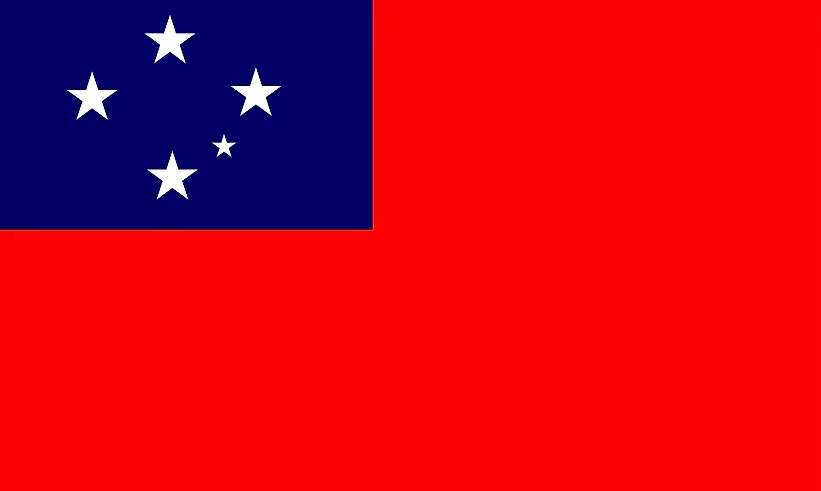
사모아
| 대륙 | 오세아니아 |
| 자본 | Apia |
| 인구 | 198,926 |
| GDP | $1.05억 |
| 1인당 GDP | $5,400 |
| 다이얼링 코드 | +685 |
| ISO 코드(2글자) | WS |
| ISO 코드(3글자) | WSM |
About Samoa
Welcome to Samoa, a nation embodying the spirit of Polynesian culture. With approximately 200,000 people across 2,842 square kilometers, Samoa combines pristine tropical landscapes with rich cultural traditions, representing the essence of Pacific island life.
지리적 특징과 자연의 아름다움
Samoa’s geography spans two main islands, Savai’i and Upolu, along with several smaller islands. The volcanic origins have created dramatic landscapes featuring lush rainforests, waterfalls, and pristine beaches.
The landscape includes the To Sua Ocean Trench, volcanic craters, and extensive coral reefs. The country’s tropical climate supports diverse ecosystems and unique wildlife species.
Protected areas include O Le Pupu Pu’e National Park and marine reserves. Samoa’s commitment to environmental conservation focuses on preserving its natural heritage while adapting to climate change challenges.
문화 유산과 전통
Samoan culture centers around Fa’a Samoa (the Samoan Way), a traditional lifestyle that has endured for over 3,000 years. The country’s heritage includes traditional tattooing, dance, and the matai (chieftain) system.
Traditional arts include Siapo (tapa cloth making), wood carving, and traditional dance forms like the Siva. Cultural practices feature the ‘ava ceremony and the tradition of fale (traditional house) construction.
Samoan cuisine emphasizes local ingredients, particularly taro, coconut, and seafood. The tradition of Sunday to’onai (family feast) remains central to community life.
역사 여행
Samoa’s history spans from ancient Polynesian settlement through colonial periods to independence. The country became the first Pacific island nation to gain independence in 1962.
Significant periods include early Polynesian civilization, German colonization, New Zealand administration, and the peaceful Mau movement for independence. The country’s strong cultural identity has persisted through these changes.
현대 경제 환경
Today’s Samoan economy balances traditional practices with modern development. The country focuses on agriculture, tourism, and remittances while maintaining traditional communal economic structures.
Recent initiatives emphasize sustainable tourism development, agricultural exports, and renewable energy adoption. Samoa’s natural beauty and cultural authenticity support its growing tourism sector.
국제 관계 및 글로벌 포지셔닝
Samoa maintains active participation in Pacific regional organizations while advocating for climate change action. The country’s cultural influence extends through its diaspora communities.
알고 계셨나요?
• Samoa was the first independent Polynesian nation in modern times?
• The country famously switched sides of the road in 2009?
• Robert Louis Stevenson spent his final years in Samoa and is buried there?
• Samoa was the first Pacific nation to host the South Pacific Games?
결론
Samoa represents a unique blend of traditional Polynesian culture and modern development. From its volcanic landscapes to its pristine beaches, from its ancient customs to its evolving economy, Samoa continues to preserve its cultural identity while adapting to contemporary challenges. As it addresses issues including climate change and economic development, Samoa remains committed to maintaining its traditional values while embracing sustainable progress.





